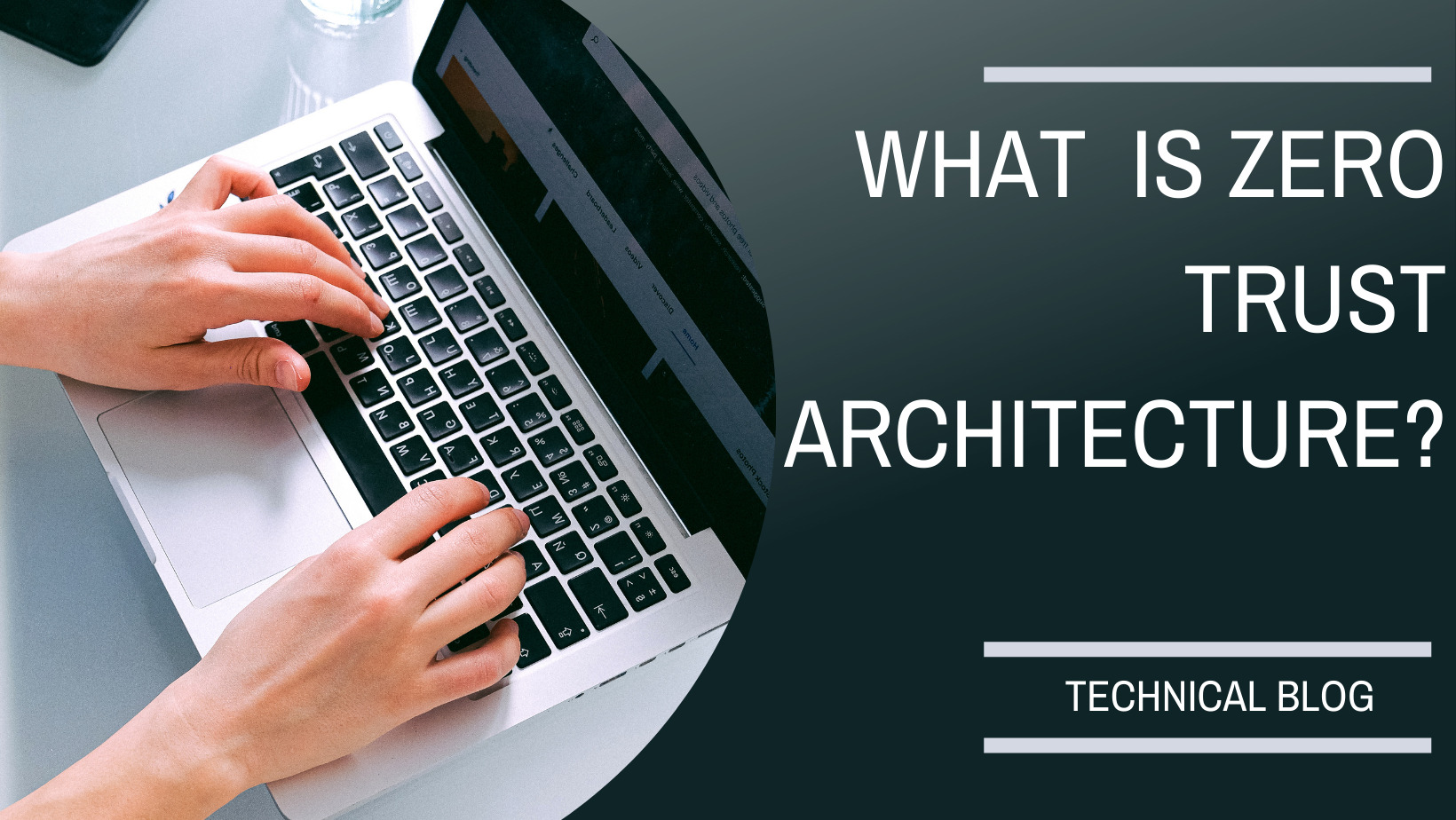Introducing Zero Trust Architecture Zero Trust Architecture (ZTA) is an increasingly popular security model designed to protect organizations from cyber threats by ensuring that every access request is strictly verified and authenticated before being granted access. This approach is based on the principle of “never trust, always verify,” which means that no user, device, or […]
Zero Trust Architecture (ZTA) is an increasingly popular security model designed to protect organizations from cyber threats by ensuring that every access request is strictly verified and authenticated before being granted access. This approach is based on the principle of “never trust, always verify,” which means that no user, device, or application is assumed to be trustworthy, and every request is thoroughly vetted.

The ZTA model has several key components, including identity and access management (IAM), network segmentation, least privilege access, and continuous monitoring and analytics.
Identity and Access Management (IAM)
IAM ensures that every user, device, and application attempting to access the network or resources is verified before being granted access. This verification process involves multi-factor authentication (MFA) and continuous user activity monitoring to detect suspicious behavior.
Network Segmentation
Network segmentation is another critical component of Zero Trust Architecture. By dividing the network into smaller segments or micro-perimeters, with strict access controls for each segment, organizations can limit the attacker’s ability to move laterally across the network in case of a breach.
Least Privilege Access
The principle of least privilege access is another crucial aspect of the ZTA model. This principle limits access rights for each user, device, or application to only the resources required for their job function. This approach ensures that even if a user’s credentials are compromised, the attacker will have limited access to the network.
Continuous Monitoring and Analytics
Finally, continuous monitoring and analytics are essential for Zero Trust Architecture. These tools detect anomalous behavior, such as unauthorized access attempts or unusual network traffic patterns. This real-time monitoring allows security teams to respond quickly to threats and prevent or minimize damage.
Implementing a Zero Trust Architecture requires combining technology and process changes, including network and security infrastructure upgrades, identity and access management systems, and continuous monitoring tools. These changes can be challenging and time-consuming, but the benefits of ZTA are significant.
Benefits of Zero Trust Architecture
One of the primary benefits of Zero Trust Architecture is improved security posture. Organizations can significantly reduce the risk of data breaches and cyber-attacks by implementing strict access controls and continuously monitoring network activity. This is especially important given the increasing frequency and sophistication of cyber threats.
Another significant benefit of ZTA is enhanced visibility and control over network activity. The network segmentation and continuous monitoring components of ZTA provide security teams with detailed insights into network activity, allowing them to quickly identify and respond to potential threats.
In addition to these benefits, Zero Trust Architecture can also help organizations achieve regulatory compliance. Many regulations, such as the General Data Protection Regulation (GDPR) and the Health Insurance Portability and Accountability Act (HIPAA), require organizations to implement robust security measures to protect sensitive data. Implementing a Zero Trust Architecture can help organizations meet these requirements and avoid costly fines and penalties for non-compliance.
Challenges of Implementing Zero Trust Architecture
Despite these benefits, implementing a Zero Trust Architecture can be challenging, especially for organizations with complex network environments. One common challenge is the need to retrofit legacy systems and applications to comply with ZTA principles. This can be a time-consuming and expensive process, but it is necessary to ensure that the entire network is protected by Zero Trust Architecture.
Another challenge is the need for continuous monitoring and analytics tools to detect potential threats in real time. Many organizations lack the in-house expertise and resources to develop and maintain these tools, which may require outsourcing to third-party providers.
Finally, implementing a Zero Trust Architecture requires significant changes to an organization’s security culture and processes. This may involve retraining employees and updating security policies and procedures to align with the new security model.
In conclusion, Zero Trust Architecture is an effective security model that offers a proactive approach to securing networks. Organizations can significantly reduce the risk of data breaches and cyber-attacks by implementing strict access controls, network segmentation, least privilege access, and continuous monitoring and analytics.
However, implementing a Zero Trust Architecture requires a significant investment in technology and process changes. Organizations must be prepared to upgrade their network and security infrastructure, implement identity and access management systems, and develop or acquire continuous monitoring tools. They must also be willing to retrain employees and update security policies and procedures to align with the new security model.
Despite the challenges, the benefits of implementing a Zero Trust Architecture are significant. Organizations can significantly improve their security posture, enhance visibility and control over network activity, and achieve regulatory compliance. As cyber threats grow in frequency and sophistication, Zero Trust Architecture offers a practical approach to protecting critical network resources and sensitive data.